Mississippi National River & Recreation Area
In the middle of a bustling urban setting, this 72 mile river park offers quiet stretches for fishing, boating and canoeing, birdwatching, bicycling, and hiking. And there are plenty of visitor centers and trails that highlight the fascinating human history of the Mississippi River. This a great place to start your exploration of this important river.
Limited metered street parking is available on nearby streets near park headquarters. Several parking ramps are available nearby including the Kellogg Square parking ramp. Visitor Centers are located in the lobby of the Science Museum of Minnesota (120 Kellogg Blvd East, St. Paul, MN) and at the Upper St. Anthony Lock and Dam (1 Portland Ave, Minneapolis, MN).
- Biking
- Mountain Biking
- Road Biking
- Boating
- Compass and GPS
- Geocaching
- Fishing
- Freshwater Fishing
- Hiking
- Front-Country Hiking
- Hunting and Gathering
- Hunting
- Living History
- Reenactments
- Historic Weapons Demonstration
- First Person Interpretation
- Paddling
- Canoeing
- Kayaking
- Junior Ranger Program
- Skiing
- Cross-Country Skiing
- Snow Play
- Wildlife Watching
- Birdwatching
- Museum Exhibits
- Arts
- Photography
- Dams
- Forts
- Industry
- Mills
- Music
- Transportation
- Dunes
- Groundwater
- Freshwater Springs
- Grasslands
- Prairies
- Waterfalls
Voyageur Canoes
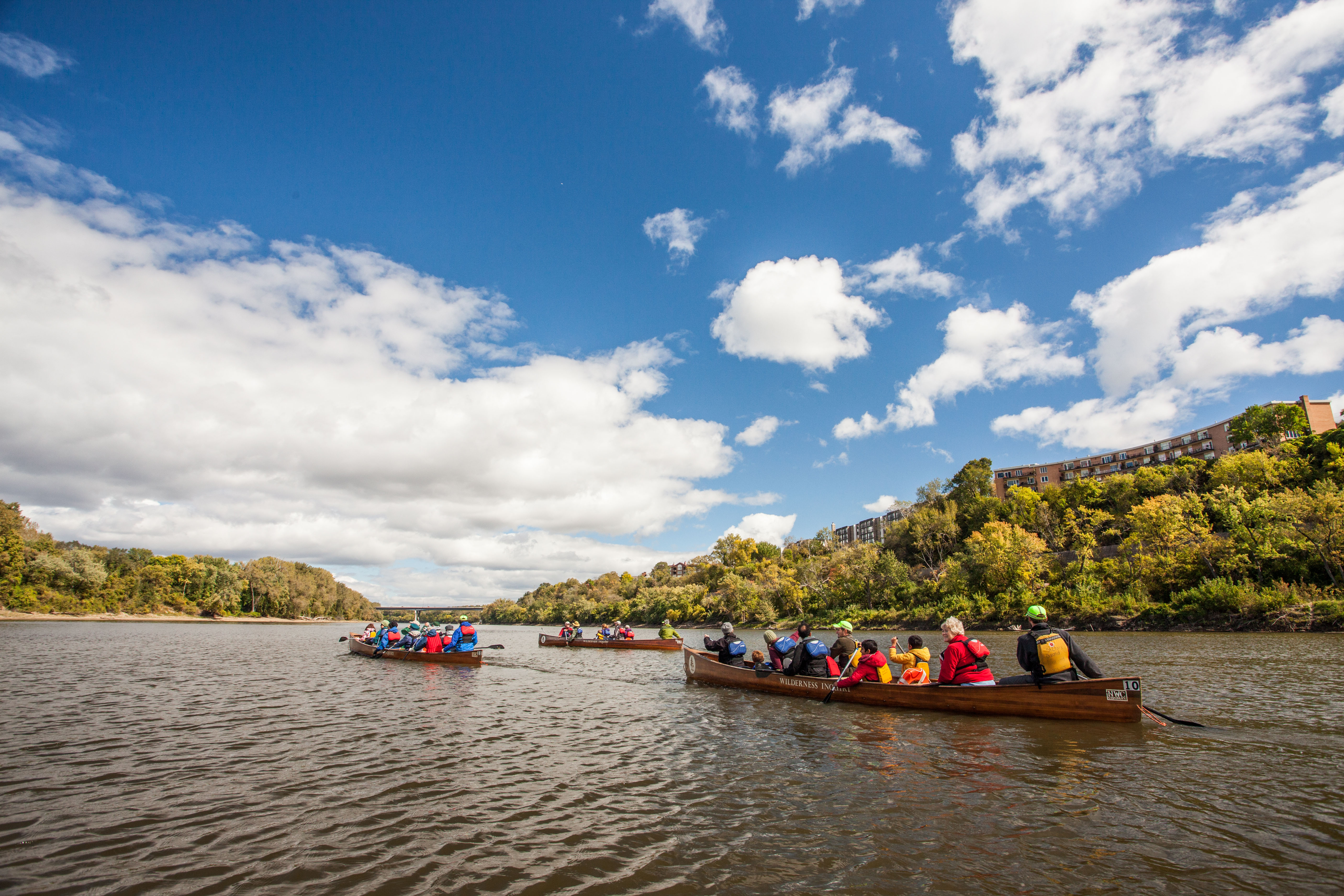
The park often uses big, safe Voyageur canoes in our programs.
Storms over Grey Cloud Dunes
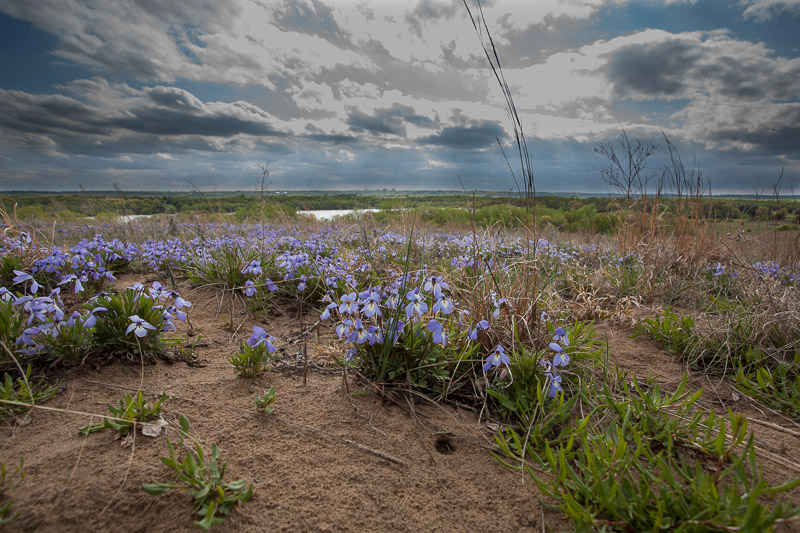
Storm clouds begin gathering over Grey Cloud Dunes Scientific and Natural Area
Modern day Voyageurs Paddle the Mississippi River
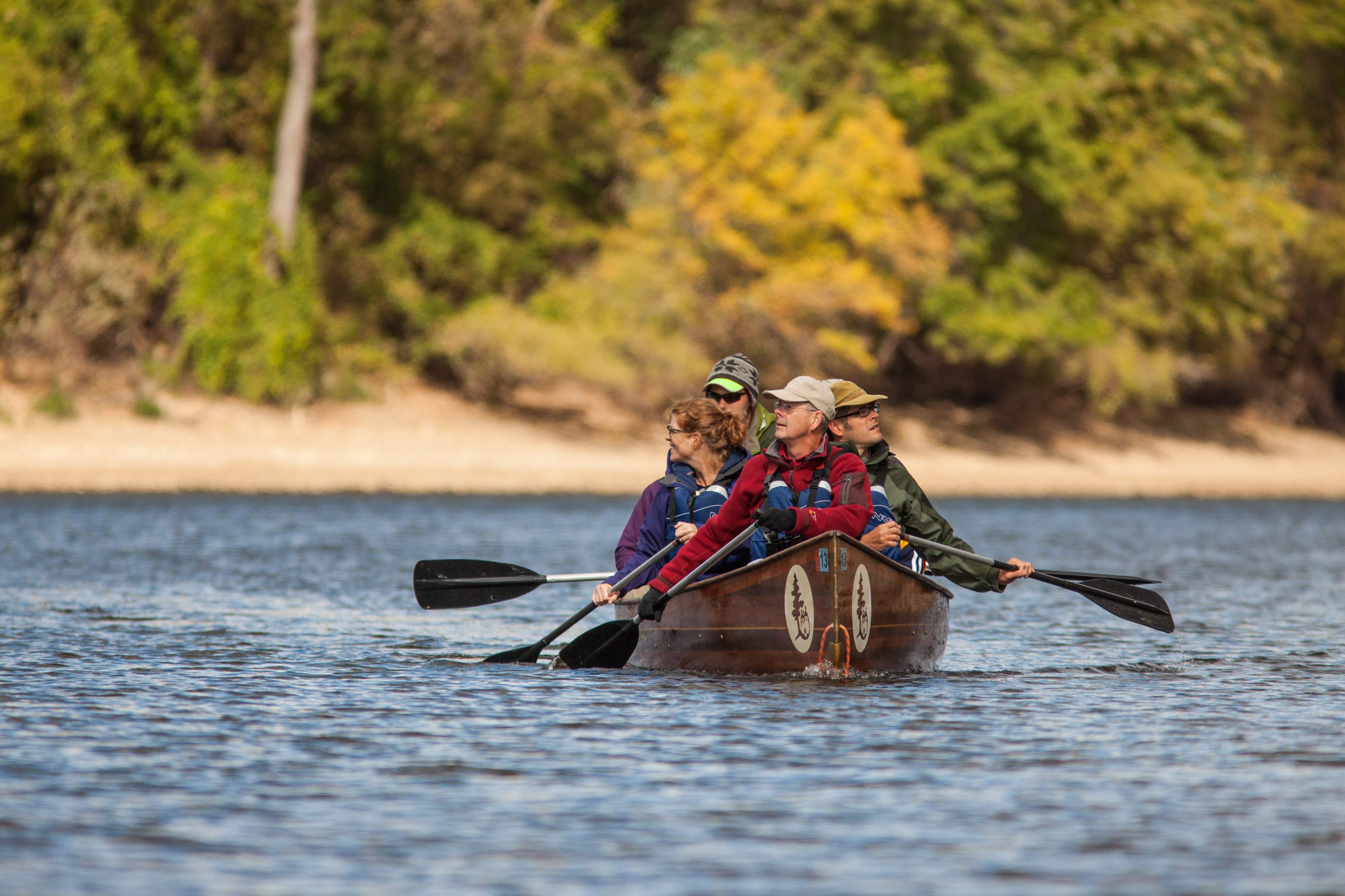
A Voyageur canoe makes headway up a river while surrounded by autumnal color.
Great Egret Fishes the Mississippi River
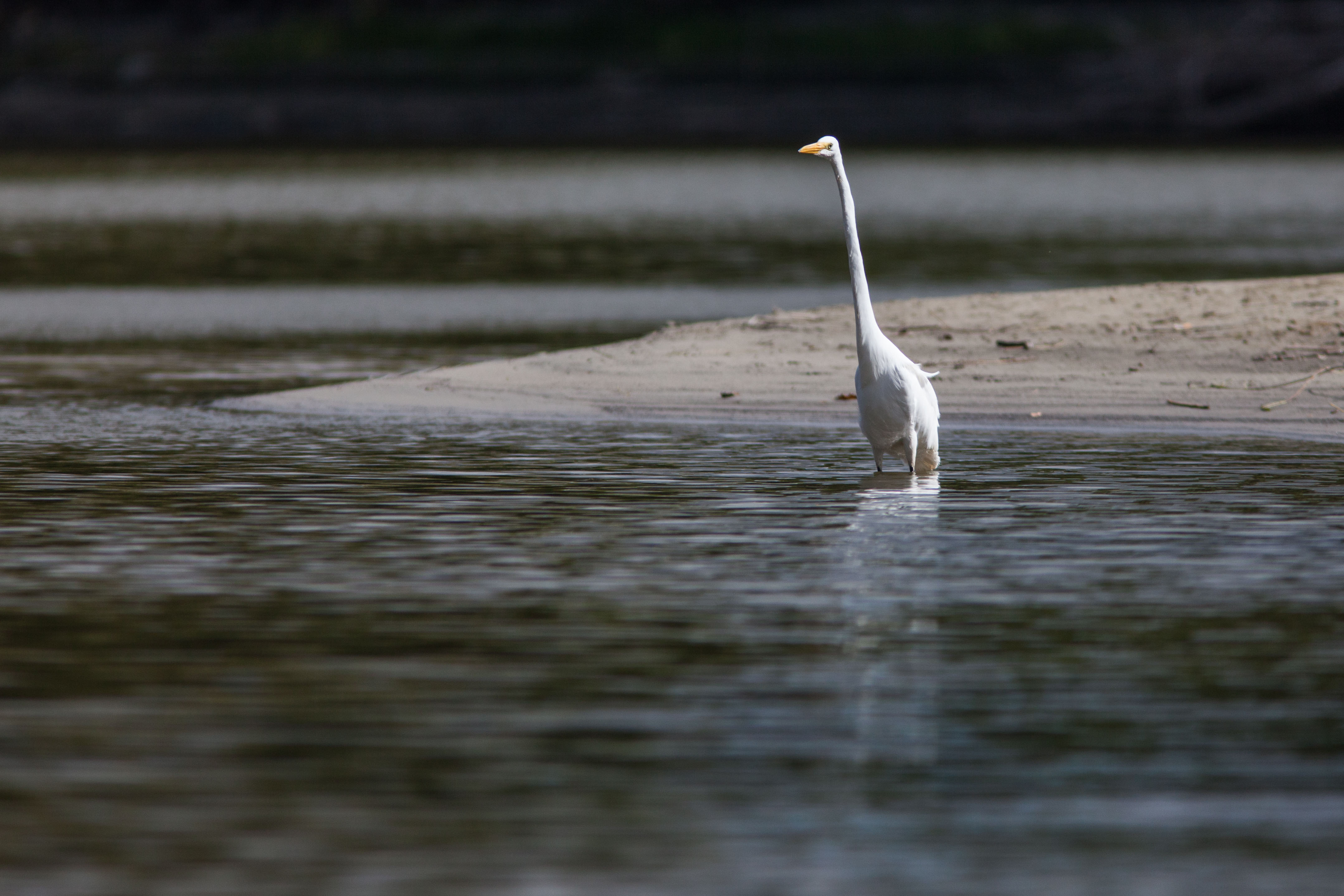
Wildlife is a common sight along the river.
Savanna at Coldwater Spring
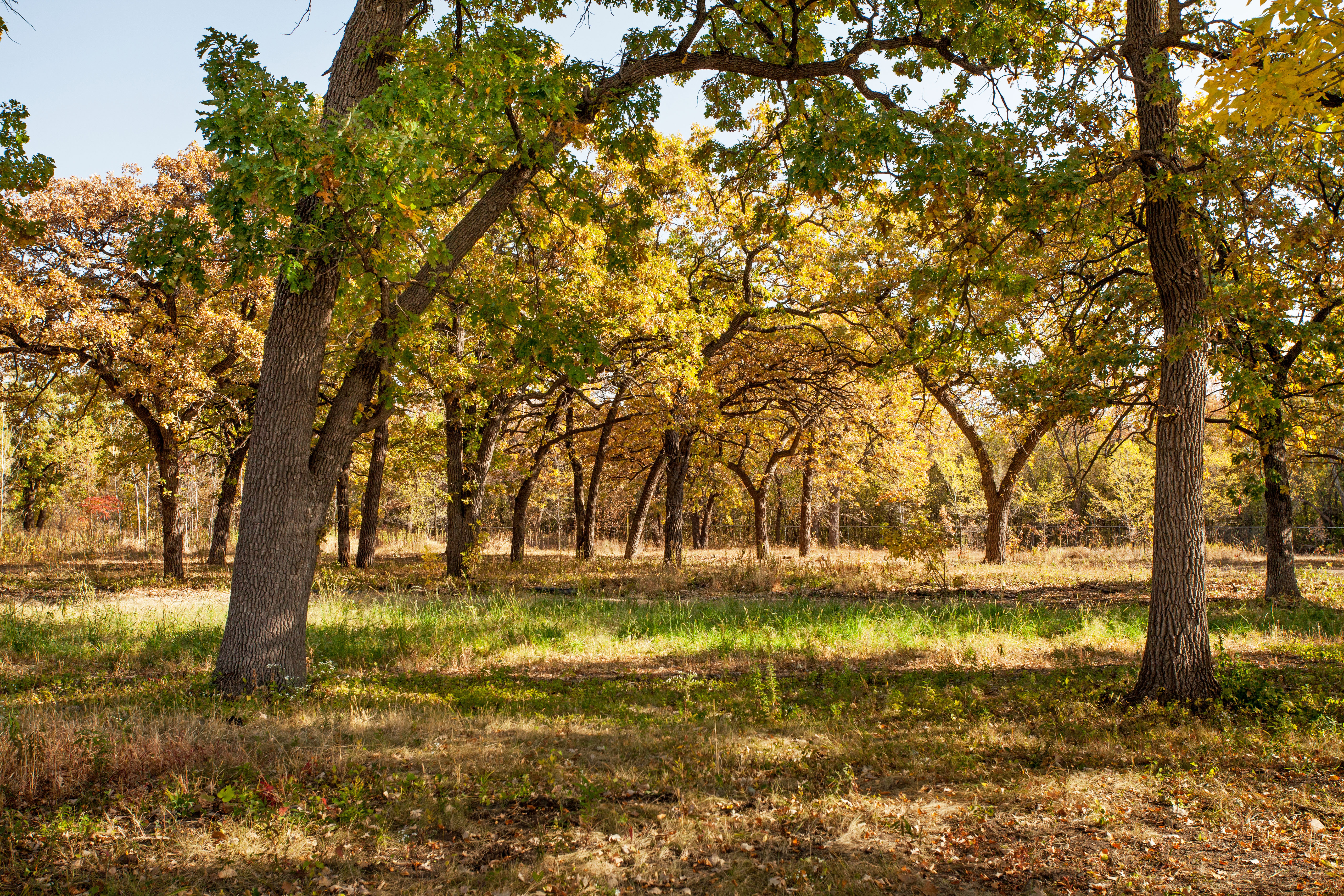
Visitors can glimpse the past in the Coldwater Spring savanna restoration.
Canoeing the Vermillion River Backwaters
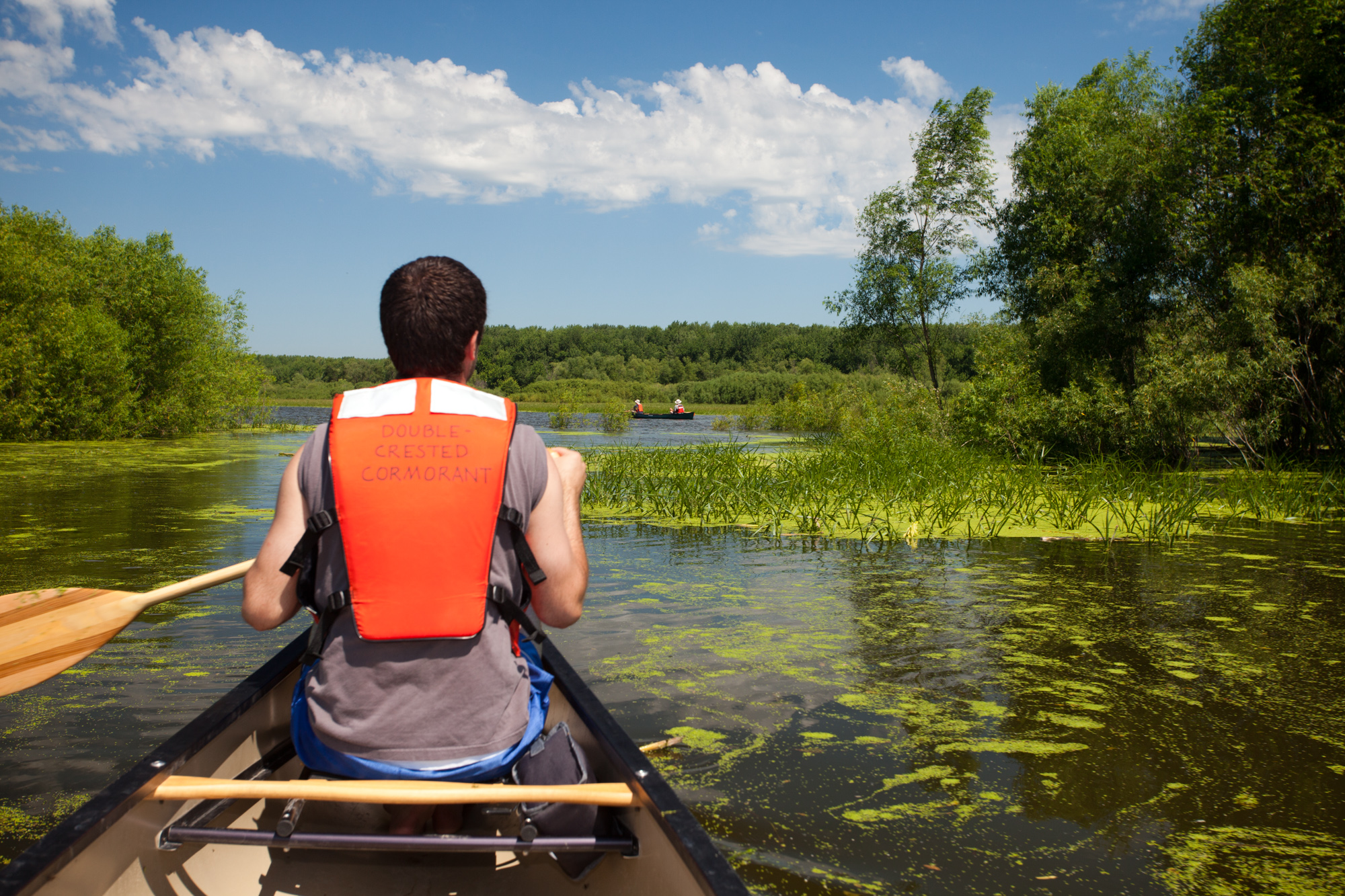
The Vermillion River Bottoms are a tangle of waterways where the river meets the Mississippi River.
Canoeing through Lotus Blossoms
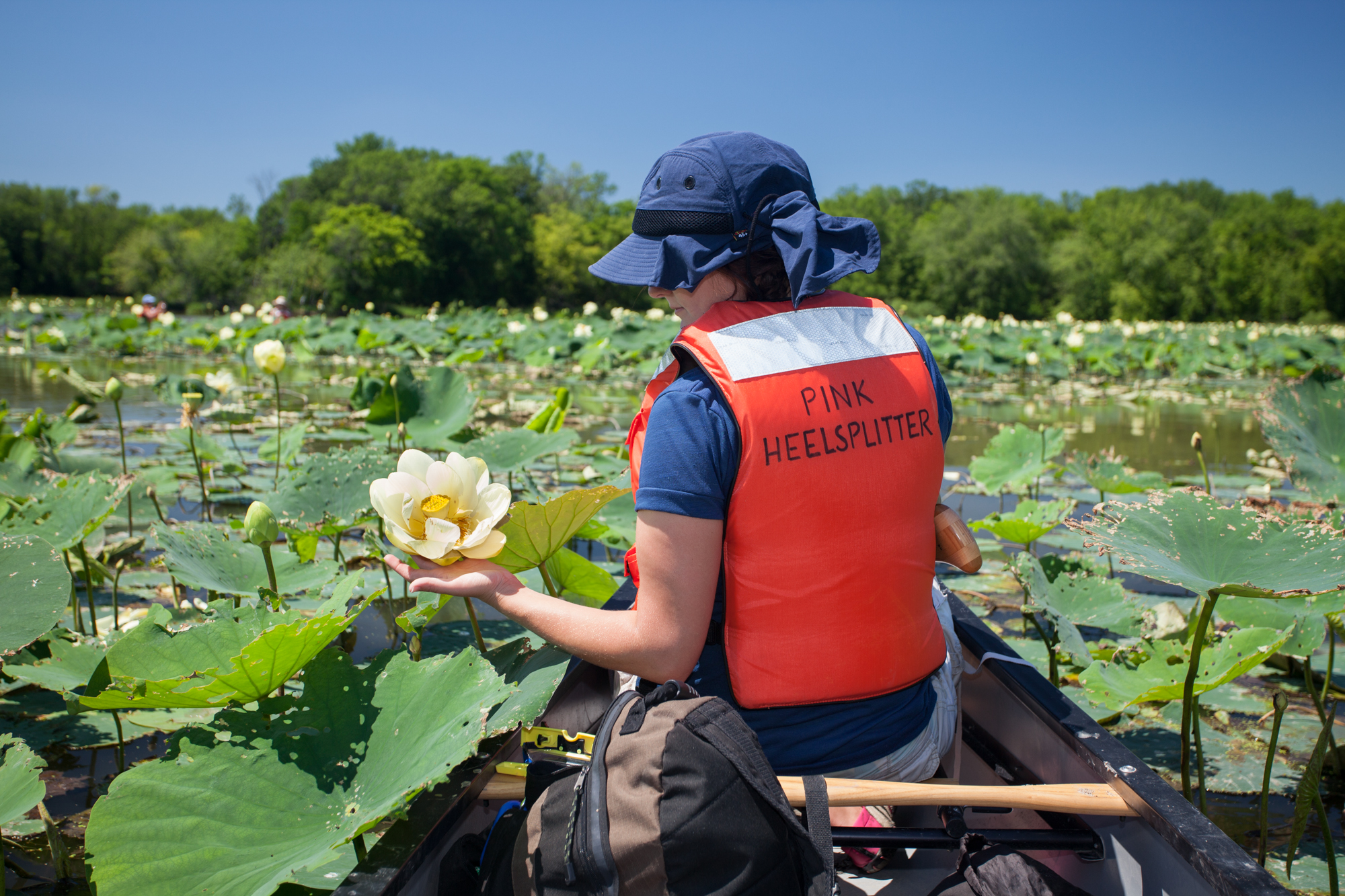
Lotus beds bloom in the backwaters of the Mississippi National River and Recreation Area and provide canoeists an unexpected visual treat.
Water Source for a Fort
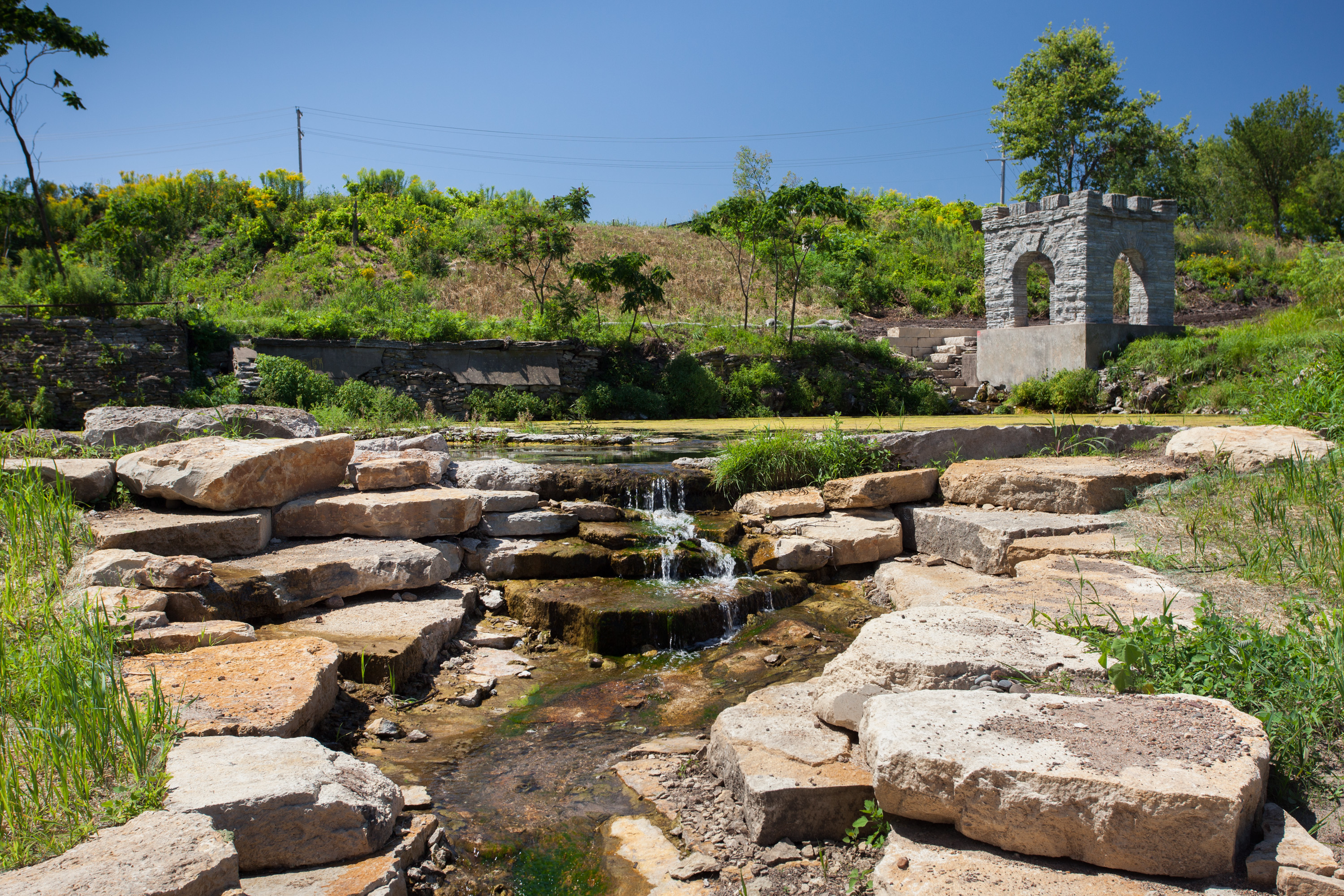
The Spring House at Coldwater Spring provided water to Historic Fort Snelling and the Upper Post.
Building a Nest
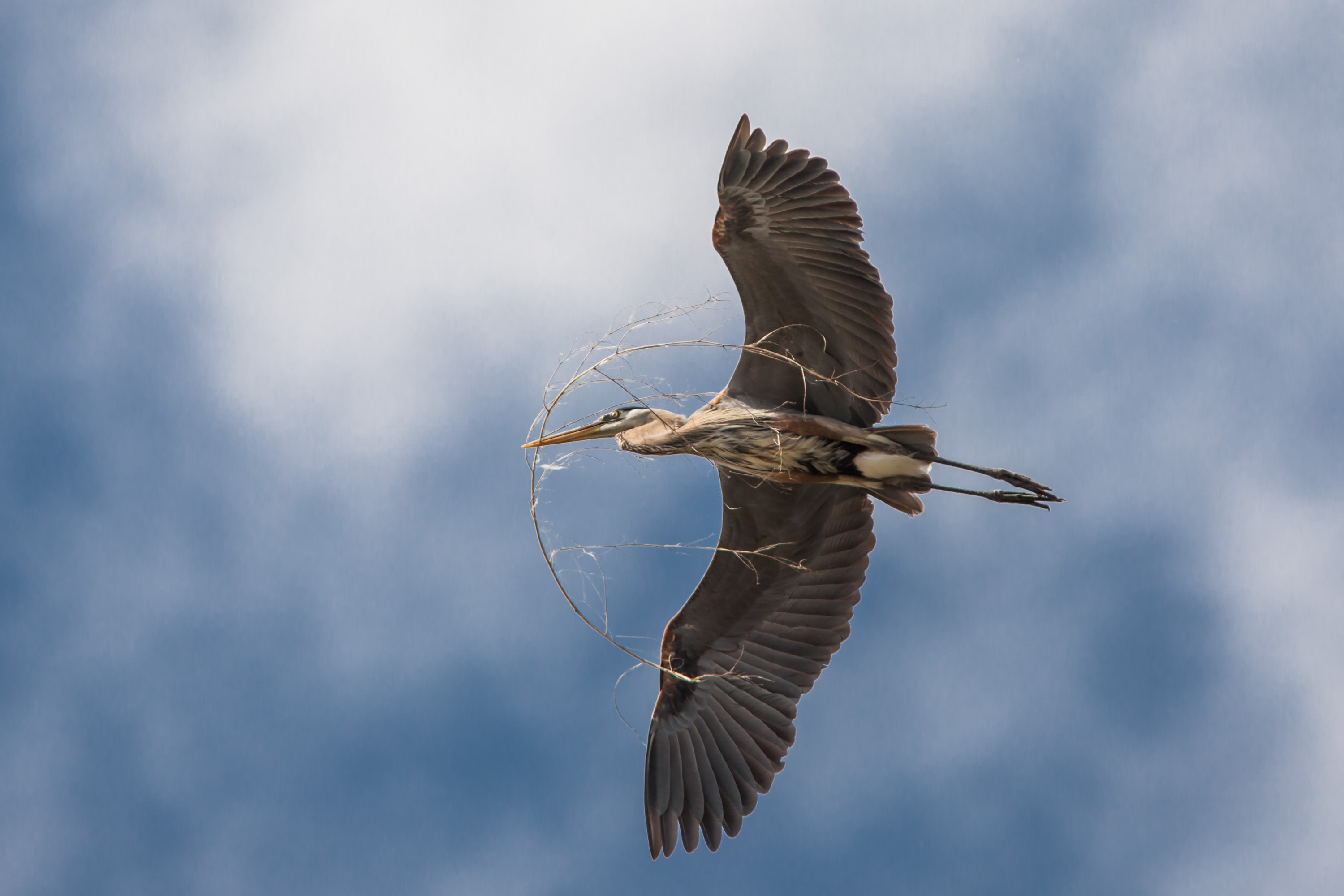
Blue herons are a common sight on the Mississippi River and its backwaters.
Canoeing Past Gulls
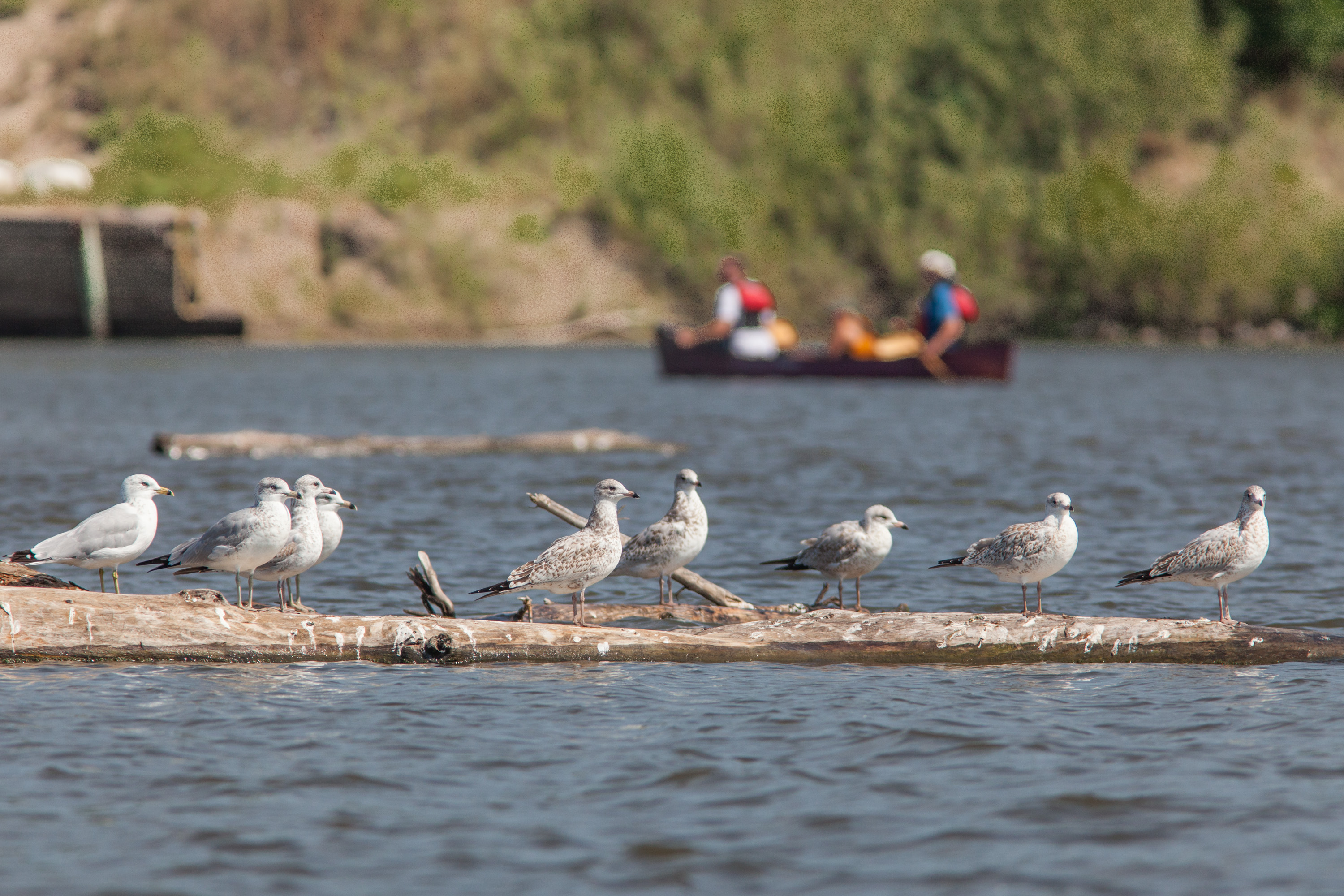
Canoeists find a wide variety of wildlife in the backwaters of the Mississippi River.
Fall Colors
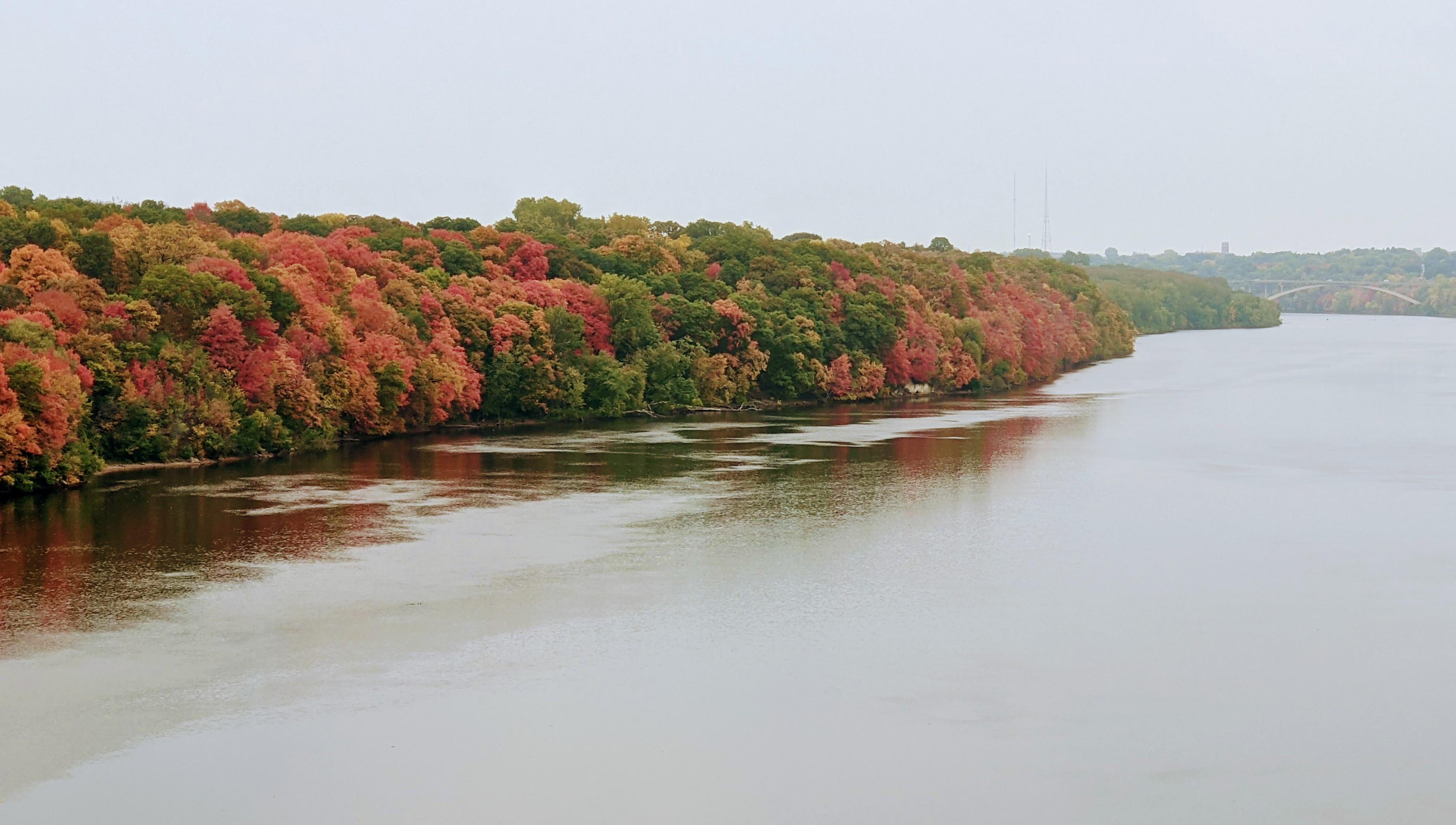
Vibrant fall colors shown along the river in St. Paul, Minnesota.
Clouds Over the Mississippi River
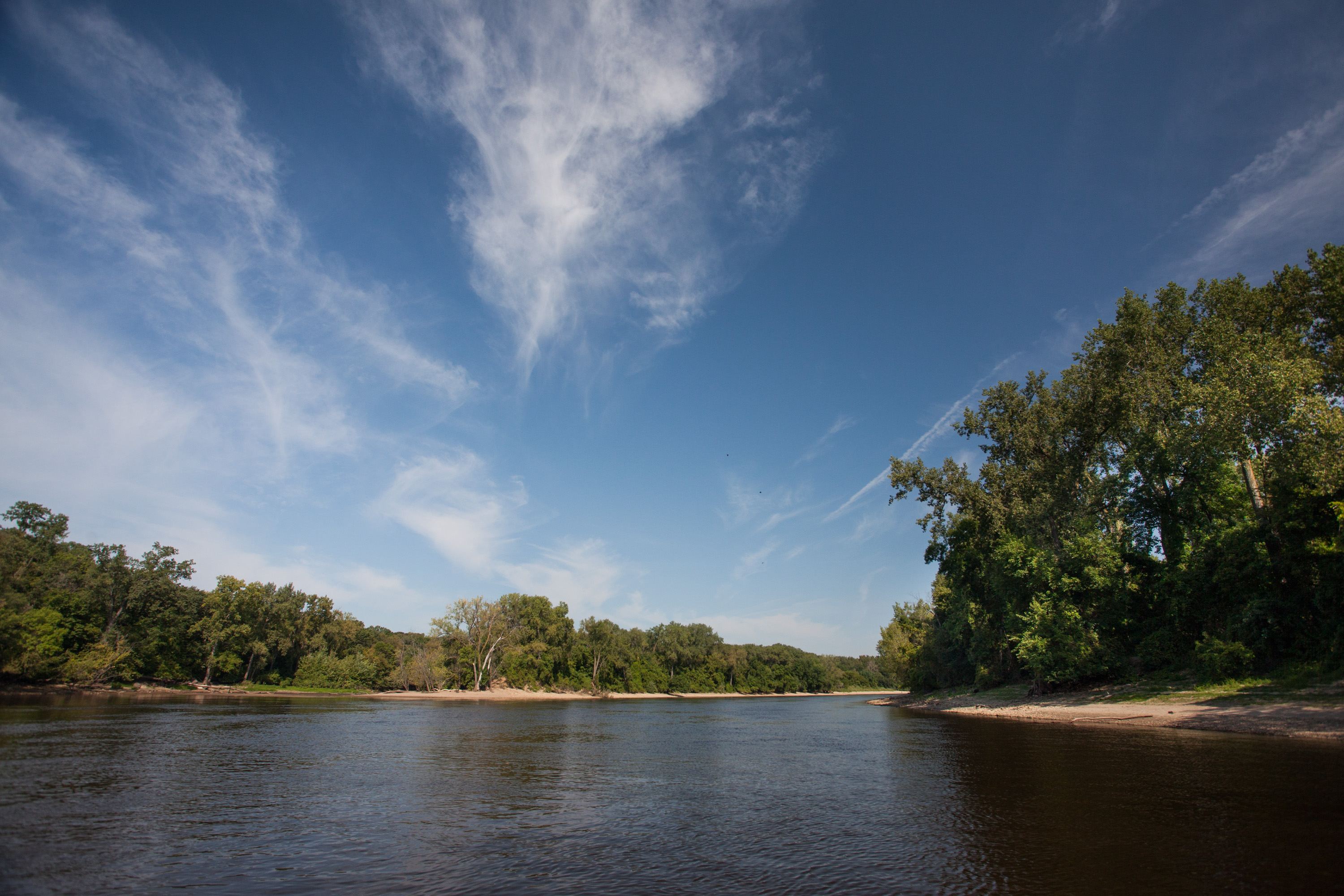
The upper stretch of the Mississippi River in the Mississippi National River and Recreation Area is often referred to as the "Prairie River" due to its gentle banks. Further downstream is the Mississippi River gorge and below that is the floodplain river